Spring is nature’s way of hitting the reset button—and your lawn is ready for a fresh start! But after months of winter naps, freezes, and maybe even a snowball fight or two, your grass needs a little TLC to bounce back. Whether your yard looks like a patchwork quilt or you’re just aiming for “yard of the month” glory, this step-by-step checklist will guide you through everything you need to do. No guesswork, no stress—just results.
Grab your gardening gloves, and let’s turn your lawn into the envy of the neighborhood!
1. Clean Up Winter’s Mess
Why: Dead leaves, stray branches, and leftover Halloween pumpkins (we see you) can smother grass and invite pests.
How:
- Rake up leaves and debris to let sunlight and air reach the soil.
- Clear toys, holiday decorations, or that forgotten sled.
- Check for “snow mold”—gray or pinkish patches. Rake gently to break it up.
Pro Tip: Use a lightweight leaf blower for large areas, but avoid aggressive raking on soggy soil—it can tear up grass roots.
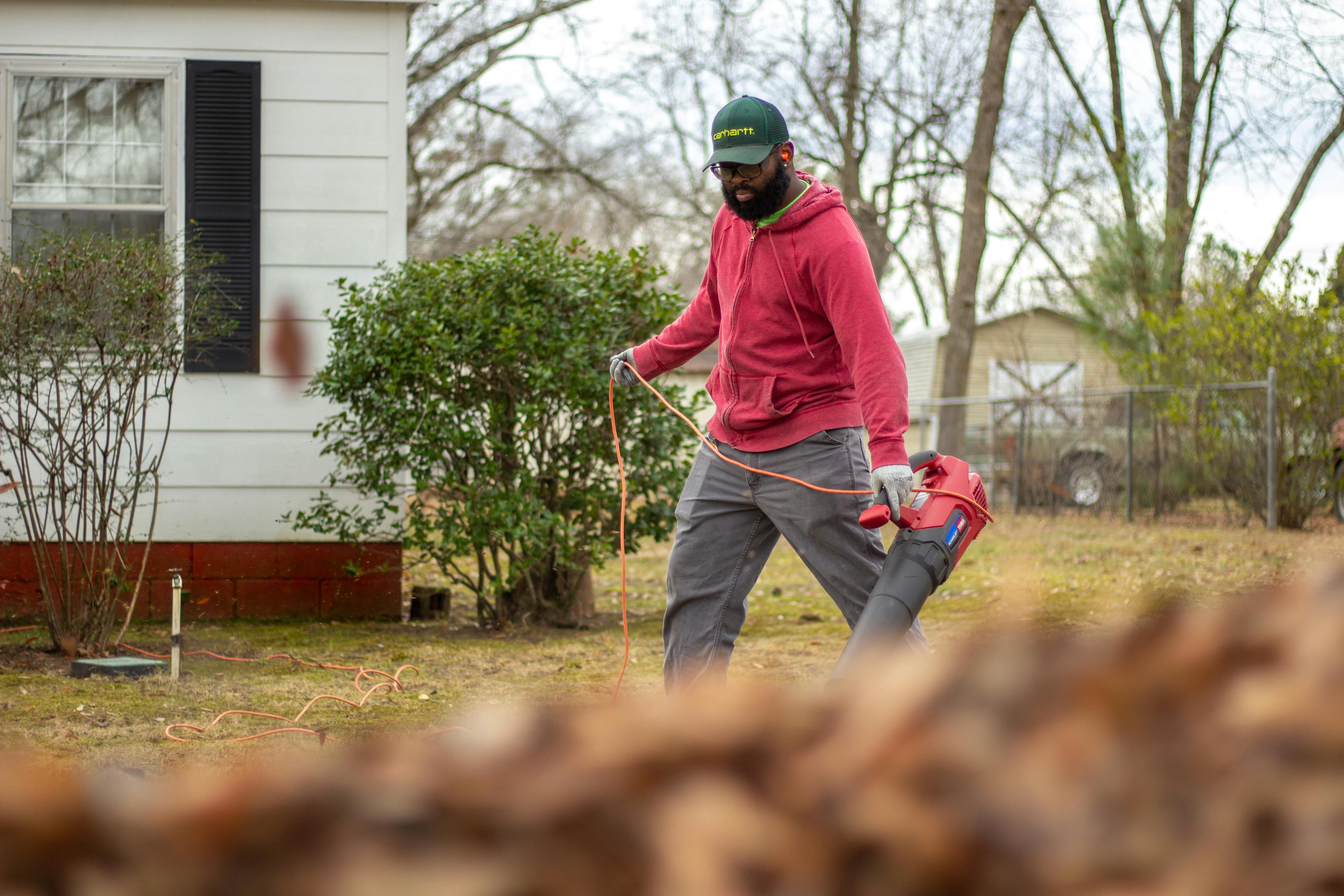
Clearing the way for a pristine lawn! 🍃✨ A leaf blower makes quick work of debris, keeping your yard clean and healthy.
2. Test Your Soil
Why: Soil pH and nutrient levels dictate your lawn’s health. Think of it as a yearly physical for your yard.
How:
- Buy a $10 test kit at your local garden center or send a sample to your county extension office.
- Aim for a pH between 6.0 and 7.0. Too acidic? Add lime. Too alkaline? Sulfur is your friend.
Pro Tip: Testing in early spring gives you time to adjust soil before peak growing season.
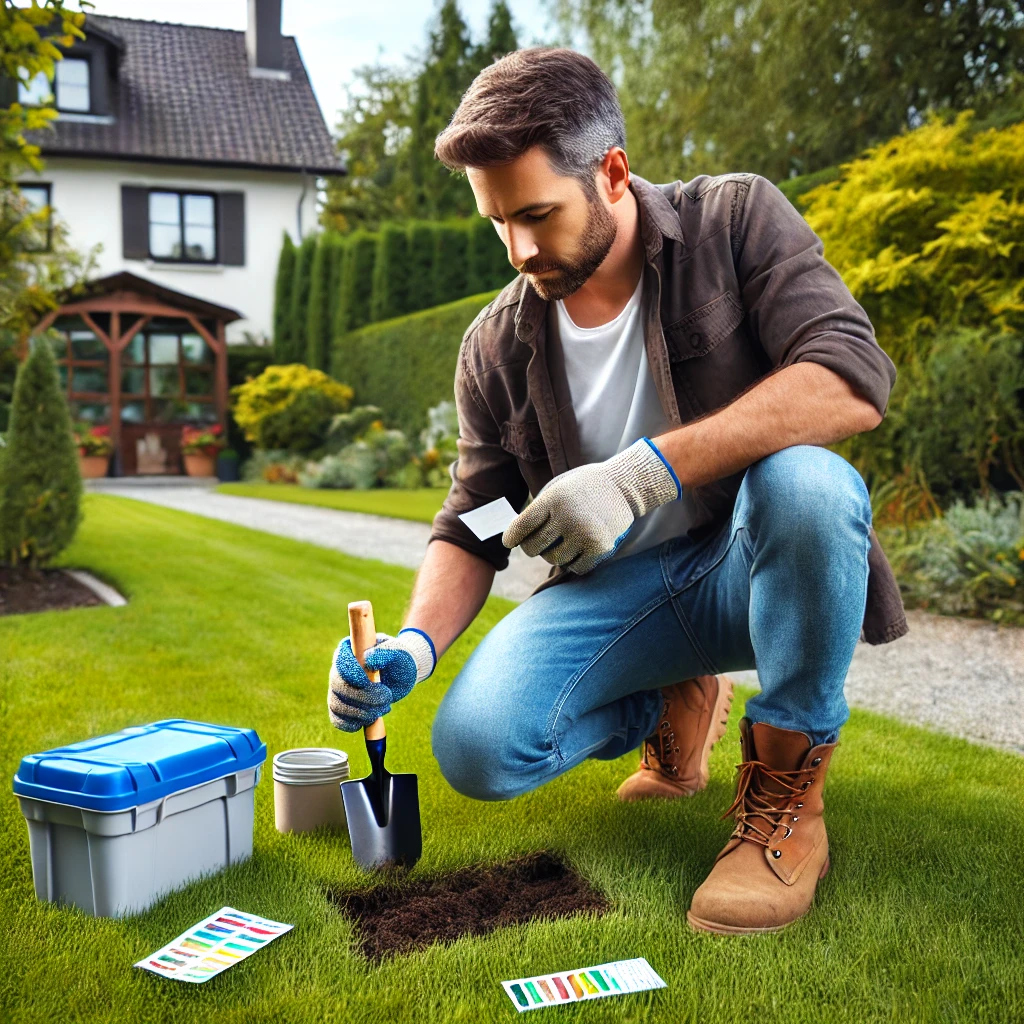
3. Aerate Compacted Soil
Why: Clay or heavy soil becomes as hard as a parking lot over winter. Aeration creates breathing room for roots and water.
How:
- Rent a core aerator (or hire a pro) to pull small plugs of soil.
- Focus on high-traffic areas like play zones or pathways.
Pro Tip: Aerate when soil is moist but not soaked—usually a day after light rain.
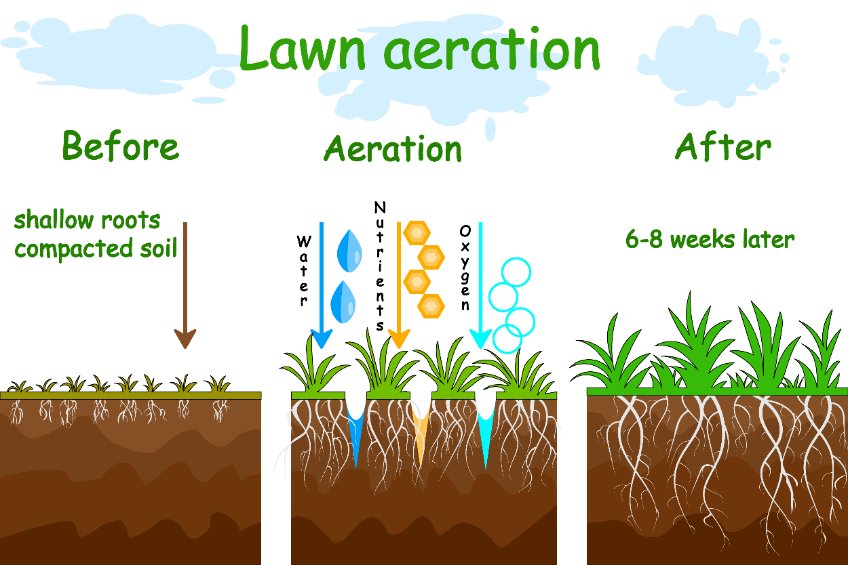
4. Dethatch Like a Boss
Why: Thatch—a spongy layer of dead grass and roots—blocks water and nutrients. More than ½ inch thick? Time to remove it.
How:
- Use a dethatching rake for small yards or a power dethatcher for big spaces.
- Bag and compost the debris.
Pro Tip: If your lawn looks thin after dethatching, it’s a sign to overseed (more on that later!).
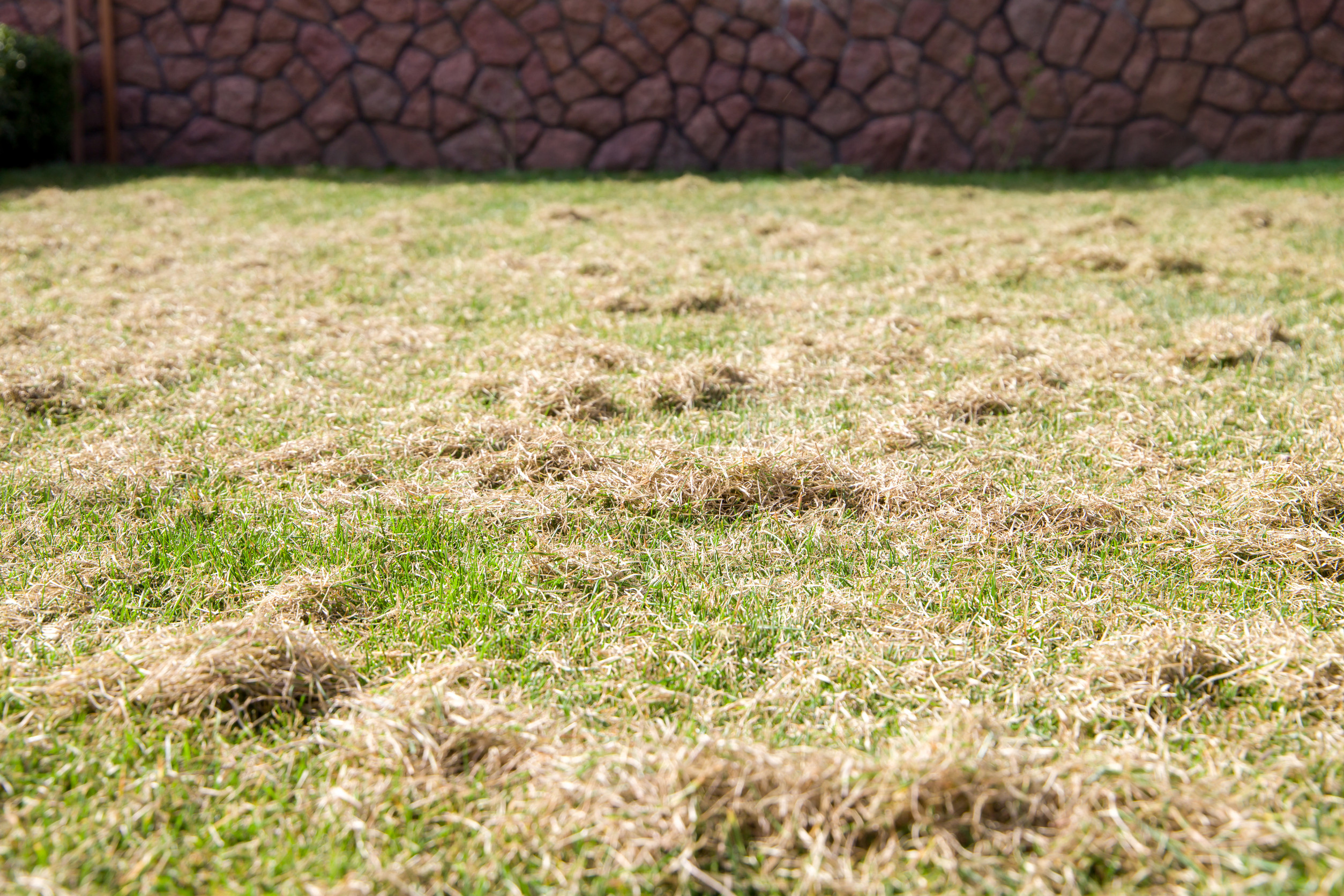
5. Feed Your Lawn (But Don’t Overdo It)
Why: Spring fertilizing jumpstarts growth, but too much nitrogen burns grass or fuels weeds.
How:
- Choose a slow-release, balanced fertilizer (look for a 20-5-10 NPK ratio).
- Apply with a broadcast spreader for even coverage.
- Water lightly afterward to activate granules.
Pro Tip: If you’ve got cool-season grass (like fescue), fertilize in early spring. Warm-season grass (Bermuda, Zoysia)? Wait until late spring.
We can help! Check out our lawn fertilization service page.
6. Apply Pre-Emergent Herbicide
Why: Stop crabgrass and dandelions before they sprout. Timing is everything!
How:
- Apply when soil temps hit 55°F (about when lilacs bloom).
- Use a granular herbicide and water it in.
Pro Tip: Skip this step if you plan to overseed—pre-emergent can block grass seeds too.
7. Mow Like a Pro
Why: First mow sets the tone for the season. Cut too short, and you’ll scalp your lawn; too long, and you invite pests.
How:
- Sharpen mower blades (dull blades tear grass, causing brown tips).
- Never cut more than ⅓ of the grass height at once.
- Aim for 3–4 inches tall to shade out weeds and retain moisture.
Pro Tip: Leave grass clippings on the lawn—they’re free fertilizer!
Save yourself some time and let us handle the mowing. Go to our lawn maintenance service page.

8. Overseed Thin or Bare Patches
Why: Fill in bald spots and thicken your turf to crowd out weeds.
How:
- Choose seed that matches your existing grass.
- Rake soil lightly, spread seed, and cover with a thin layer of compost.
- Keep soil moist until seeds germinate (about 2 weeks).
Pro Tip: Mix seed with sand to see where you’ve spread it.
9. Water Wisely
Why: Spring rains are fickle. Consistent watering builds deep roots for summer droughts.
How:
- Water deeply (1–1.5 inches per week) rather than daily sprinkles.
- Use a tuna can to measure rainfall and adjust accordingly.
- Water early morning to reduce evaporation and fungal growth.
Pro Tip: Invest in a smart sprinkler controller to automate schedules based on weather.
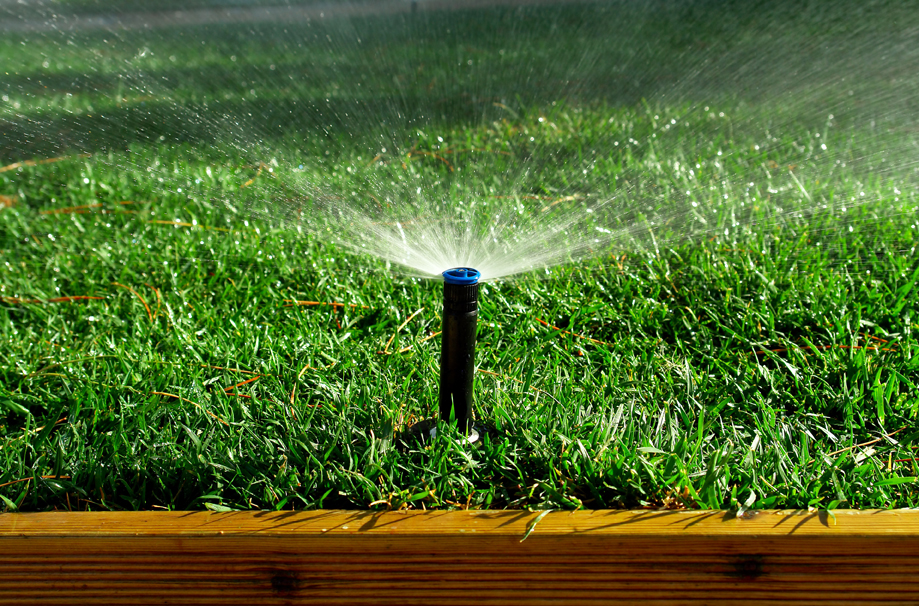
10. Wage War on Weeds
Why: Dandelions and clover compete with grass for resources.
How:
- Spot-treat weeds with a post-emergent herbicide or pull by hand.
- For organic lawns, use vinegar sprays or a weed torch (yes, it’s a thing!).
Pro Tip: Attack weeds on sunny, windless days for maximum herbicide effectiveness.
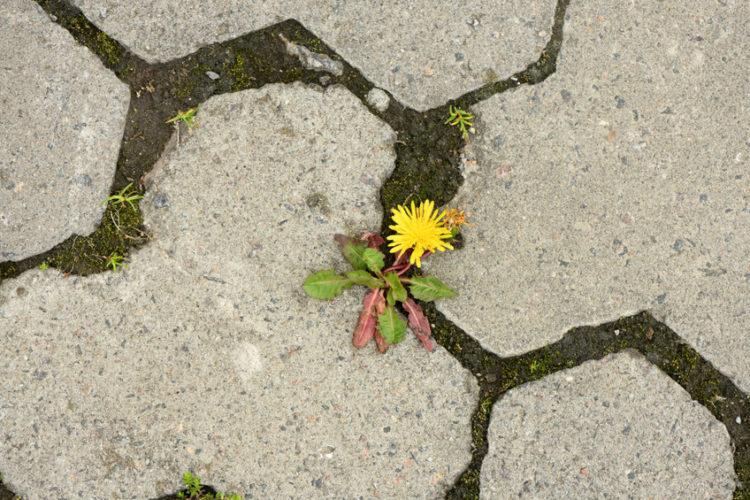
11. Edge Your Beds and Walkways
Why: Crisp edges make your lawn look professionally manicured.
How:
- Use a half-moon edger or power tool to create clean lines along sidewalks and gardens.
- Mulch beds afterward to suppress weeds.
Pro Tip: Edge first, then mow—you’ll blow stray grass clippings onto the lawn, not your flower beds.
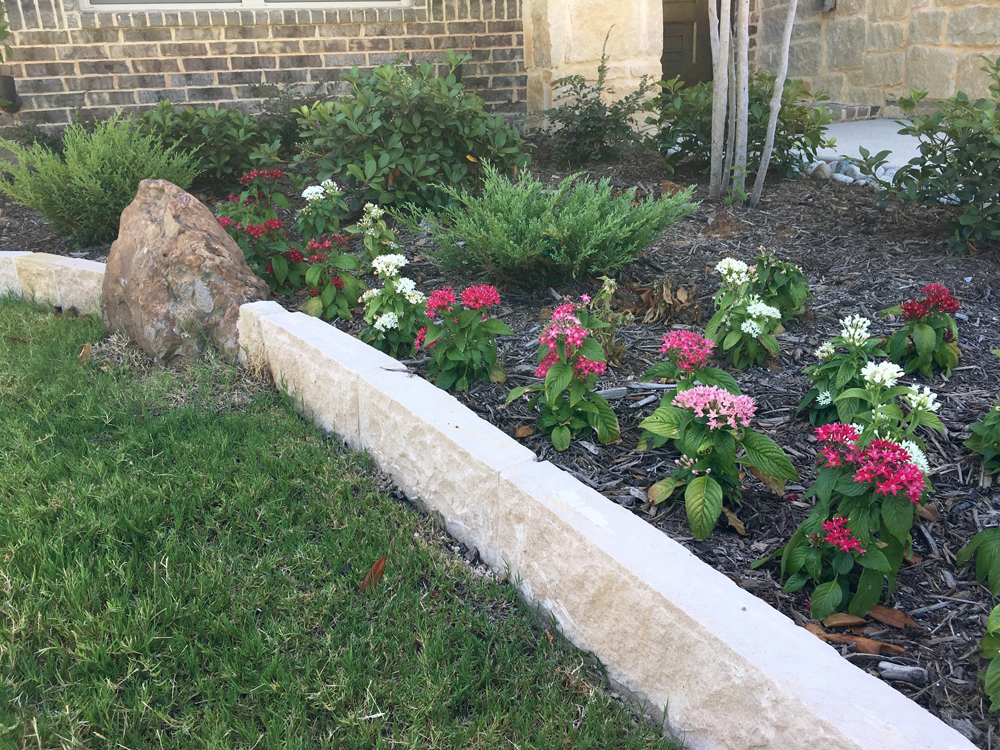
12. Inspect for Pests and Diseases
Why: Grubs, chinch bugs, and fungal diseases love spring’s damp warmth.
How:
- Look for brown patches, chewed grass blades, or spongy turf.
- Treat grubs with beneficial nematodes or milky spore powder.
- For fungus, apply a fungicide and improve airflow with pruning.
Pro Tip: Encourage birds—they’re natural pest controllers!
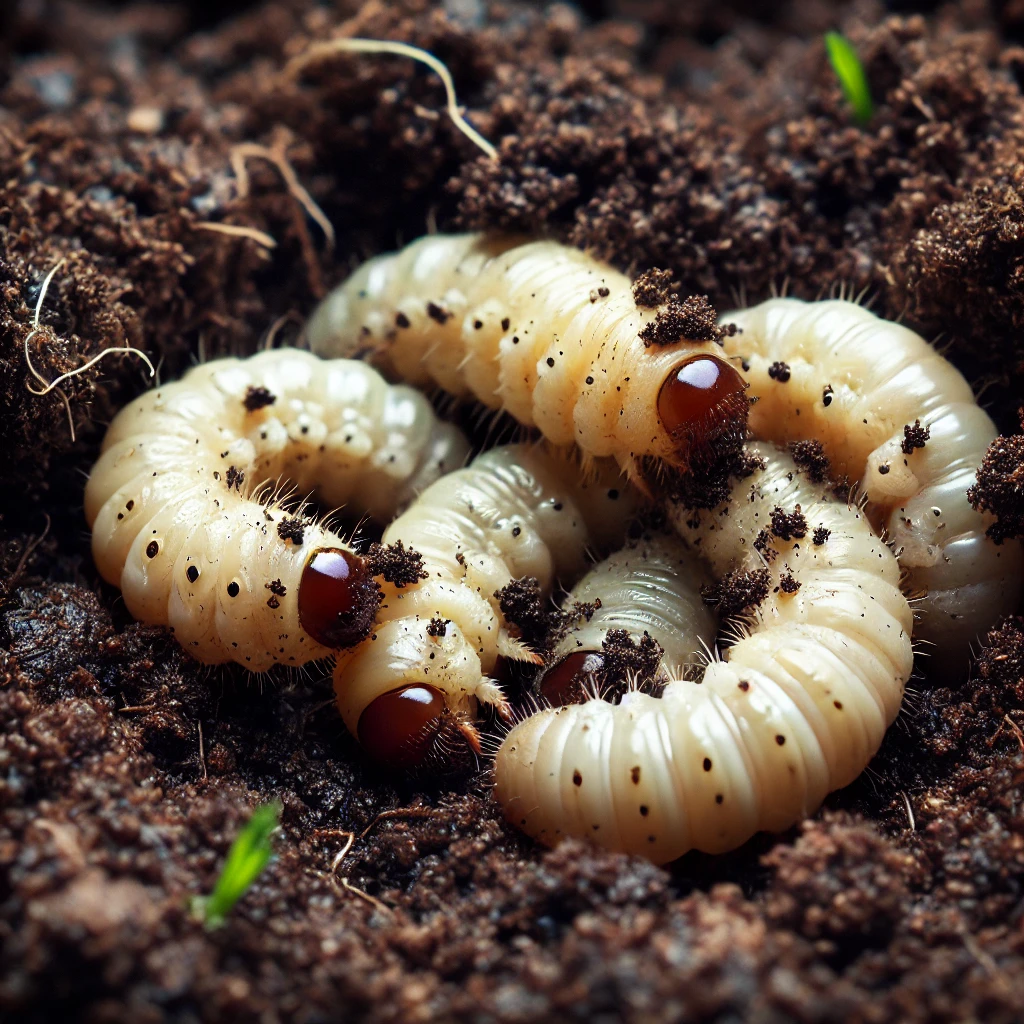
13. Tune Up Your Tools
Why: A well-maintained mower or trimmer makes chores faster and safer.
How:
- Sharpen mower blades and oil moving parts.
- Replace spark plugs and air filters.
- Check hoses and sprinklers for leaks.
Pro Tip: Clean tools with a mix of water and vinegar to prevent rust.

14. Celebrate with a Lawn “Spa Day”
Why: Your lawn (and you!) deserve a little pampering.
How:
- Top-dress with compost to add nutrients.
- Apply a thin layer of organic mulch around trees and shrubs.
- Sit back, sip lemonade, and admire your work.
Final Thought: Consistency Is Key
Spring lawn care isn’t a one-and-done deal—it’s about setting habits that pay off all year. Stick to this checklist, and by summer, you’ll have a thick, green carpet that’s ready for barbecues, backyard games, and lazy hammock days.
Need Help?
If time or energy is tight, Lawn Service Fort Worth offers spring cleanup packages that tick every box on this list. From aeration to weed control, we’ll handle the heavy lifting while you enjoy the results!
Explore Our Services.
FAQ
Q: When’s the best time to start spring lawn care?
A: Begin once soil is workable and daytime temps hit 50°F consistently—usually late March in North Texas.
Q: Can I fertilize and seed at the same time?
A: Yes! Use a starter fertilizer when overseeding to boost germination.
Q: How do I know if I have grubs?
A: Peel back a square foot of turf. If you spot 5+ white, C-shaped larvae, it’s treatment time.
Q: Is organic fertilizer worth the cost?
A: For long-term soil health, yes! It enriches microbes and won’t burn your lawn.
